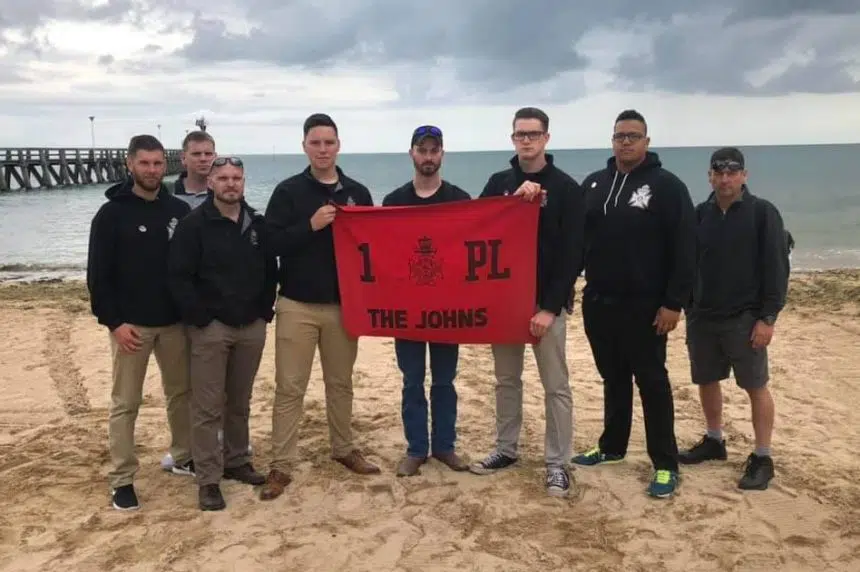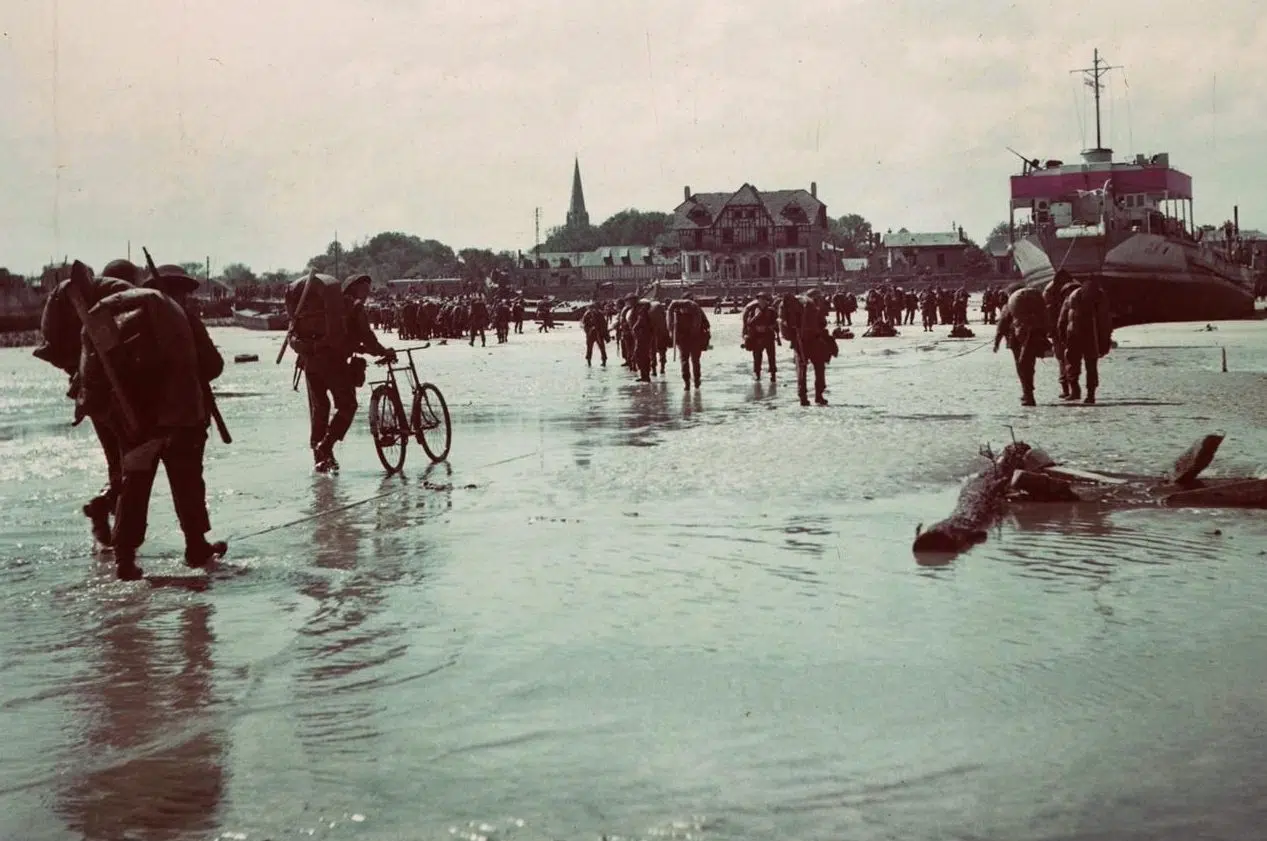A Saskatoon veteran is to be recognized Saturday in Regina for his service in the Second World War.
Nick Kazuska, 104, is to be presented with the French Legion of Honour Medal by Michel Miraillet, France’s ambassador to Canada.
Kazuska is being honoured for his contribution to the liberation of France.
“(It makes me feel) very well,” Kazuska said on Friday’s Evan Bray Show.
Kazuska said he was the number 3 layer on an anti-aircraft gun.
A public event is scheduled to take place outside of the Legislative Building. It’s part of a special ceremony to commemorate the Royal Regina Rifles for the upcoming 80th anniversary of D-Day. Kazuska said he plans to attend the ceremony with his son.
Kazuska said he was hospitalized and wounded during the war.
“I got my inner ear drum busted and I got my right eye damaged by (a) bomb blast,” he said.
Kazuska said he reminisces about the time he spent in France, but he didn’t keep contact with those he served with after he returned home.
He said it was tough to do so since many came from different parts of the country.
“The time I spent there, I enjoyed every bit of it,” he said.
Ed Staniowski, a retired lieutenant-colonel with the Royal Regina Rifles who joined Bray shortly after Kazuska’s appearance, called the Saskatoon man a “distinguished veteran.”
“How humbling it is to hear from someone who was actually there (who) did the business that had to be done in France and it’s great to know he’s being recognized,” Staniowski said.

Members of the Royal Regina Rifles marked the 75th anniversary of D-Day on June 6, 2019. (Royal Regina Rifles/Facebook)
Staniowski has highlighted the prominent role that the Rifles — then known as the Regina Rifle Regiment — played during the Second World War.
The ceremony Saturday will feature a preview of the statue honouring the Rifles that is to be unveiled at Juno Beach in Normandy for the anniversary in June.
“It will be about 10 kilometres inland from where the Regina Rifles landed on the morning of the Sixth of June, of course,” he said.
“The significance of the placement of the statue, where it’s going to be, is that that is the furthest point of advance that the Rifles made within 24 hours of landing.”
Staniowski said that was the farthest inland advance of any unit on D-Day and he noted the Rifles held their ground during a counterattack by the 12th SS Hitlerjugend.
Kazuska was not with the Rifles, but Staniowski said his role role as an anti-aircraft gunner was a “very important” part of the operation.
“He was there to make sure that the German aircraft did not interfere with what was going on on the ground by the Rifles and other units,” Staniowski said.
“They did that very well. (As a result ) maybe 10,000 (soldiers) went ashore in the first wave. By the end of the day, 24 hours later, you’re over 150,000 in that area that went ashore and by the end of the month, you had a million Allied soldiers that were pushing inland and driving towards Berlin.”











